Help me love my woodland back yard
groovia
15 years ago
Related Stories

LIFEYou Said It: ‘Put It Back’ If It Won’t Help Your House, and More Wisdom
Highlights from the week include stopping clutter from getting past the door, fall planting ideas and a grandfather’s gift of love
Full Story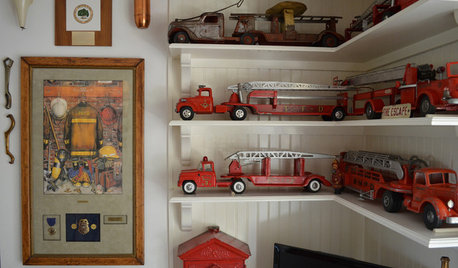
DECORATING GUIDESHouzz Call: What Home Collections Help You Feel Like a Kid Again?
Whether candy dispensers bring back sweet memories or toys take you back to childhood, we'd like to see your youthful collections
Full Story
CURB APPEAL7 Questions to Help You Pick the Right Front-Yard Fence
Get over the hurdle of choosing a fence design by considering your needs, your home’s architecture and more
Full Story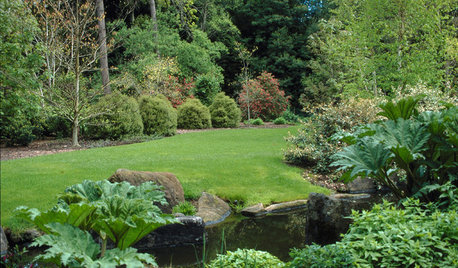
GARDENING GUIDESYou Don't Need Prairie to Help Pollinators
Woodlands, marshes, deserts — pollinators are everywhere
Full Story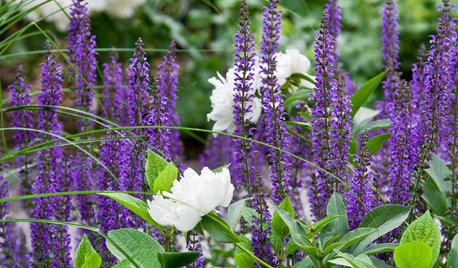
GARDENING AND LANDSCAPINGGarden Tour: Colorful, Serene Woodland Near Boston
Exuberant perennials, outdoor rooms and a surrounding woodland come together to create a beautiful landscape in Massachusetts
Full Story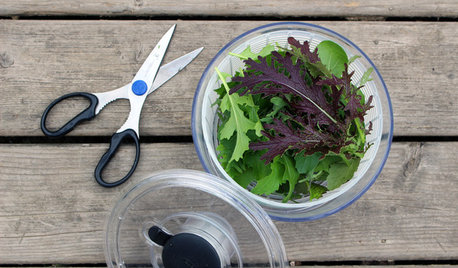
FARM YOUR YARDThe 8 Tools That Help Bring the Farm to Your Table
Vegetable gardeners get a big assist from these essential helpers
Full Story
WINTER GARDENINGHow to Help Your Trees Weather a Storm
Seeing trees safely through winter storms means choosing the right species, siting them carefully and paying attention during the tempests
Full Story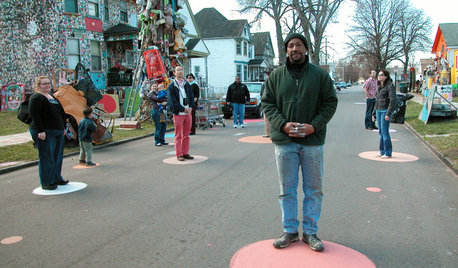
FUN HOUZZDecorated Houses Help Save a Detroit Neighborhood
Art's a start for an inner-city community working to stave off urban blight and kindle a renaissance
Full Story
ORGANIZINGDo It for the Kids! A Few Routines Help a Home Run More Smoothly
Not a Naturally Organized person? These tips can help you tackle the onslaught of papers, meals, laundry — and even help you find your keys
Full StoryMore Discussions








amelanchier
bogturtle
Related Professionals
Clemson Landscape Architects & Landscape Designers · Milford Landscape Contractors · Alpharetta Landscape Contractors · Cedar Hill Landscape Contractors · College Park Landscape Contractors · Costa Mesa Landscape Contractors · Golden Gate Landscape Contractors · Mission Landscape Contractors · River Ridge Landscape Contractors · Southbury Landscape Contractors · View Park-Windsor Hills Landscape Contractors · Canton Fence Contractors · Fountain Hills Fence Contractors · Glenview Fence Contractors · Weymouth Siding & Exteriorsmaifleur01
grooviaOriginal Author
ladyslppr
amelanchier
led_zep_rules
kimka
well_drained
leslies